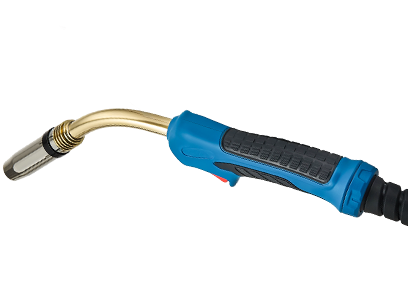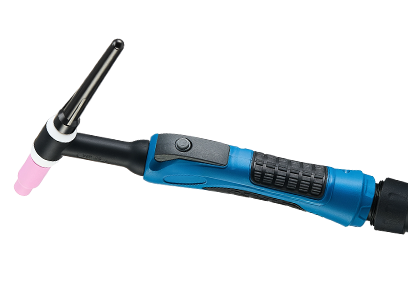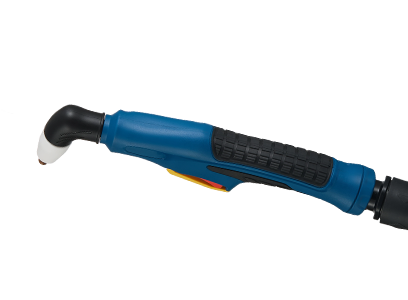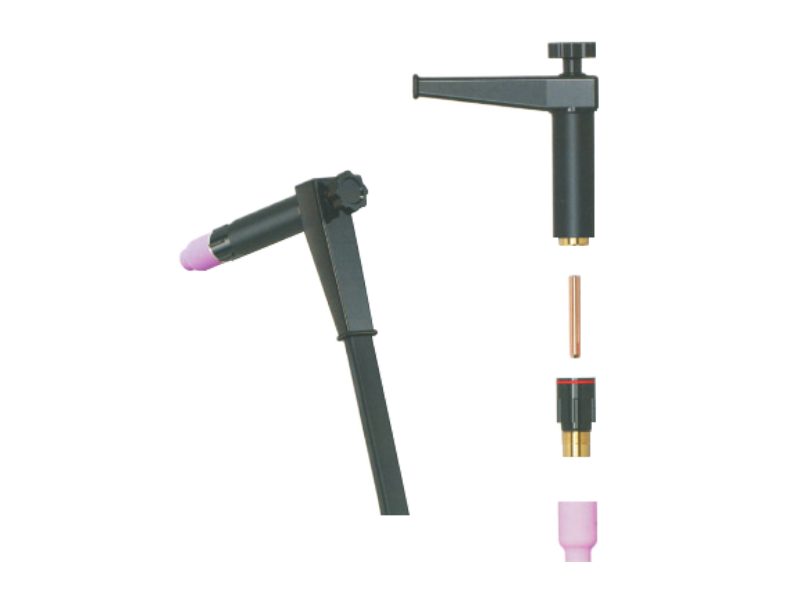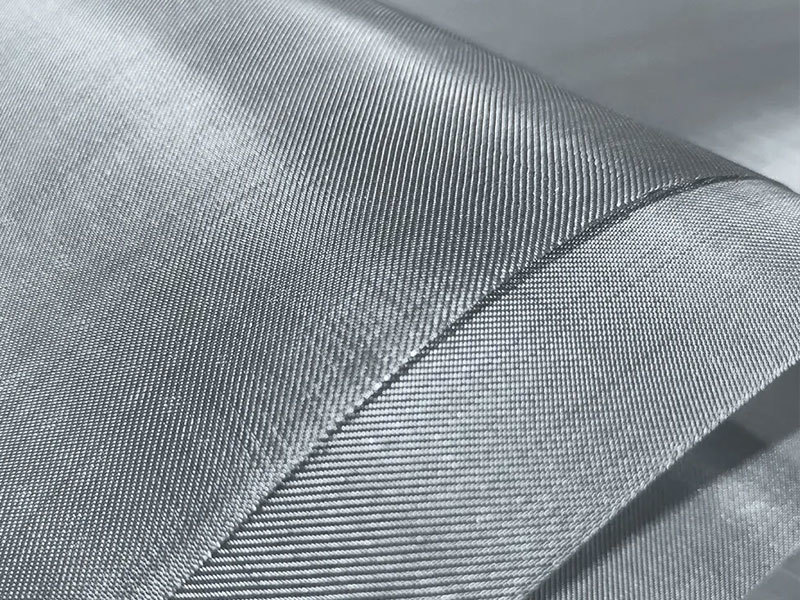Essential Equipment for MIG Welding: A Comprehensive Guide
When it comes to MIG welding, the right equipment is crucial for achieving optimal results and ensuring safety during the welding process. MIG, or Metal Inert Gas welding, is a versatile and efficient welding method that requires specific tools and materials to function properly. Here’s a breakdown of the essential equipment needed for MIG welding.
**1. MIG Welding Machine**: At the heart of any M
When it comes to MIG welding, the right equipment is crucial for achieving optimal results and ensuring safety during the welding process. MIG, or Metal Inert Gas welding, is a versatile and efficient welding method that requires specific tools and materials to function properly. Here’s a breakdown of the essential equipment needed for MIG welding.
**1. MIG Welding Machine**: At the heart of any MIG welding setup is the MIG welder itself. This machine feeds a continuous wire electrode through a welding gun. When it comes into contact with the workpiece, it creates an arc that melts the wire and the base metal, allowing for a strong bond. Selecting a machine with the appropriate voltage and amperage for your projects is essential.
**2. Welding Wire**: MIG welding requires a specific type of wire, typically made of mild steel, stainless steel, or aluminum. The diameter of the wire can vary depending on the thickness of the material you are welding. It's important to choose the right type of wire for the specific welding job to ensure strong and consistent welds.
**3. Gas Supply**: MIG welding uses a shielding gas to protect the weld area from contaminants in the air. Common choices include argon, carbon dioxide, or a mix of both. The selection of gas plays a significant role in the quality of the weld; for instance, using pure argon can help produce cleaner welds on aluminum.
**4. Welding Gun**: The welding gun is the tool through which the welder operates. It delivers the wire and the shielding gas to the weld area. A good-quality welding gun should be comfortable to hold and easy to maneuver, allowing for precision in your welding work.
**5. Work Clamp**: A work clamp is essential for grounding the welding machine. It establishes an electrical connection, allowing the current to flow through the workpiece. This component ensures the safety and effectiveness of the welding process.
**6. Protective Gear**: Safety should always be a priority when MIG welding. Essential protective equipment includes a welding helmet with proper shade, gloves, fire-resistant clothing, and safety boots. Investing in high-quality protective gear can prevent serious injuries from sparks, heat, or harmful UV radiation.
**7. Additional Accessories**: Depending on the specific needs of your projects, additional tools such as a wire brush, grinder, and cleaning agents may be necessary. These tools help in the preparation and post-weld cleanup of materials, ensuring a quality finish.
In conclusion, having the appropriate equipment is fundamental for successful MIG welding. Understanding each component's role—from the welder itself to protective gear—can significantly enhance your welding experience and results. Equip yourself with the right tools, and you will be well on your way to achieving high-quality welds in your projects.
**1. MIG Welding Machine**: At the heart of any MIG welding setup is the MIG welder itself. This machine feeds a continuous wire electrode through a welding gun. When it comes into contact with the workpiece, it creates an arc that melts the wire and the base metal, allowing for a strong bond. Selecting a machine with the appropriate voltage and amperage for your projects is essential.
**2. Welding Wire**: MIG welding requires a specific type of wire, typically made of mild steel, stainless steel, or aluminum. The diameter of the wire can vary depending on the thickness of the material you are welding. It's important to choose the right type of wire for the specific welding job to ensure strong and consistent welds.
**3. Gas Supply**: MIG welding uses a shielding gas to protect the weld area from contaminants in the air. Common choices include argon, carbon dioxide, or a mix of both. The selection of gas plays a significant role in the quality of the weld; for instance, using pure argon can help produce cleaner welds on aluminum.
**4. Welding Gun**: The welding gun is the tool through which the welder operates. It delivers the wire and the shielding gas to the weld area. A good-quality welding gun should be comfortable to hold and easy to maneuver, allowing for precision in your welding work.
**5. Work Clamp**: A work clamp is essential for grounding the welding machine. It establishes an electrical connection, allowing the current to flow through the workpiece. This component ensures the safety and effectiveness of the welding process.
**6. Protective Gear**: Safety should always be a priority when MIG welding. Essential protective equipment includes a welding helmet with proper shade, gloves, fire-resistant clothing, and safety boots. Investing in high-quality protective gear can prevent serious injuries from sparks, heat, or harmful UV radiation.
**7. Additional Accessories**: Depending on the specific needs of your projects, additional tools such as a wire brush, grinder, and cleaning agents may be necessary. These tools help in the preparation and post-weld cleanup of materials, ensuring a quality finish.
In conclusion, having the appropriate equipment is fundamental for successful MIG welding. Understanding each component's role—from the welder itself to protective gear—can significantly enhance your welding experience and results. Equip yourself with the right tools, and you will be well on your way to achieving high-quality welds in your projects.
TAG:
Related Posts
Troubleshooting Common Issues with Water Cooled TIG Torches: A Comprehensive Guide
Troubleshooting Common Issues with Water Cooled TIG Torches: A Comprehensive Guide
Table of Contents
Introduction to Water Cooled TIG Torches
Understanding TIG Welding and Its Components
Common Issues with Water Cooled TIG Torches
Overheating Problems
Water Leaks in TIG Torches
Gas Flow Problems
Electrode Wear and Contamination


